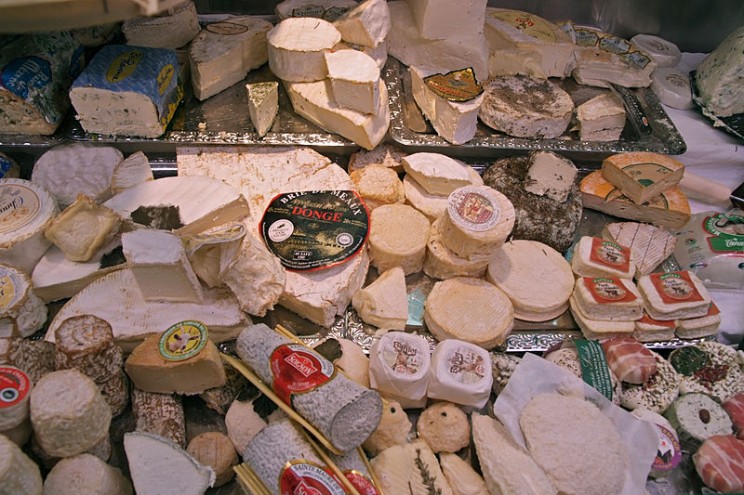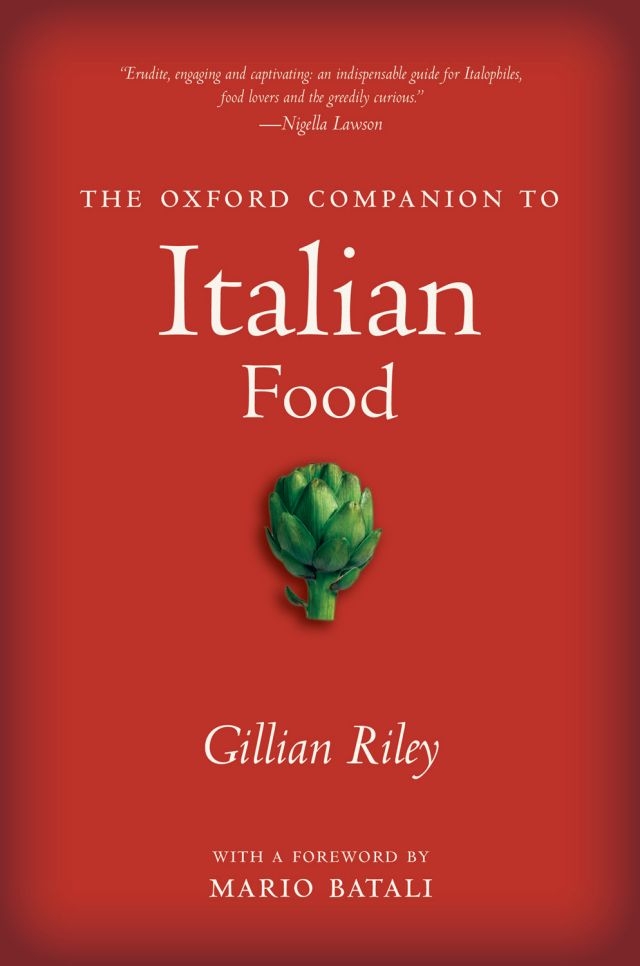Have you often lain awake at night, wishing that you knew more about cheese? Fear not! Your prayers have been answered; below you will find 18 of the most delicious cheese facts, all taken from Michael Tunick’s recent book The Science of Cheese. Prepare to be the envy of everyone at your next dinner party – just try not to be too “cheesy”. Bon Appétit!

- The world’s most expensive cheese comes from a Swedish moose farm and the cheese sells for £300 a pound.
- You can’t make cheese entirely from human milk since it won’t coagulate properly.
- The largest cheese ever made was a Cheddar weighing 56,850 pounds, in 1989.
- 97% of British people are ‘Lactose Persistent’ and are the most lactose tolerant population in the world.
- Genuine Flor de Guia cheese must be made in the Canary Islands by women, otherwise it won’t be considered the genuine article.
- The expression “cheesy” used to mean first-rate, but sarcastic use of the word has caused it to mean the opposite.
- The bacteria used for smear-ripened cheeses are closely related to the bacteria that generates sweaty feet odour.
- Cheese as we know it today was (accidentally) discovered over 8,000 years ago when milk separated into curds and whey.
- Edam was used as cannonballs (and killed two soldiers) in a battle between Montevideo and Buenos Aires in 1841.
- An odour found in tomcat urine is considered desirable in Cheddar.
- Each American adult consumes an average of 33 pounds of cheese each year.
- Descriptions of the defects in the eyes of Swiss-type cheeses include the terms “blowhole” and “frogmouth”.
- There are over 1,265,000 dairy cows in the US state of Wisconsin alone.
- A northern Italian bank uses Parmesan as loan collateral.
- Sardinia’s Cazu Marzu, which means ‘rotten cheese’, is safe to eat only if it contains live maggots.
- Cheese consumption in the United Kingdom is at a measly 24.0 pounds per capita.
- This cheese consumption isn’t even close to Greece who lead the way with a whopping 68.4 pounds per capita.
- Dmitri Mendeleev was a consultant on artisanal cheese production while he was also inventing the periodic table of the elements.
All of these cheese facts are taken from The Science of Cheese. The Science of Cheese is an engaging tour of the science and history of cheese, and the only book to discuss the actual chemistry, biology, and physics of cheese making. Author Michael Tunick is a research chemist with the Dairy and Functional Foods Research Unit of the U.S. Department of Agriculture’s Agricultural Research Service.
Subscribe to the OUPblog via email or RSS.
Subscribe to only physics and chemistry articles on the OUPblog via email or RSS.
Image credit: Weichkaese Soft Cheese. Photo by Eva K. CC BY-NC-ND 3.0 via Wikimedia Commons.
The post 18 facts you never knew about cheese appeared first on OUPblog.

Over the weekend Whole Food Market attempted to earn a Guinness World Record for “Most Parmigiano Reggiano Wheels Ever Cracked” at the same time. Gillian Riley, author of The Oxford Companion to Italian Food weighs in on this cheesy affair.
An almighty crack.
As the Consorzio del Formaggio Parmigiano-Reggiano surges towards the Guinness Book of Records the thought of all those craggy wheels simultaneously rent asunder reminds us of Michelangelo’s labours at the rock face in Pietrasanta near Lucca in Tus-cany in the summer of 1518. He and his team were selecting marble for the tomb of Pope Julius II, and his titanic struggles with the obdurate raw material were as blistering as the clashes between the artist and his client. Using the strength within the marble to detach the desired lump was a prelude to releasing the form already latent in the block, described in a sonnet by Michelangelo:
Non ha l’ottimo artista alcun concetto
c’un marmo solo in sé non circonscriva
col suo superchio, e solo a quello arriva
la man che ubbidisce all’intelletto.
The greatest artist has no concept
that is not already present in a block of marble
beneath its outward form, and this can only be reached
by the hand that obeys the intellect.
The combination of hands on physical skills and sublime inspiration expounded in this sonnet are the qualities deployed in the making of Parmigiano-Reggiano. The great wheels contain the imagined essence of grass and hay and milk and the odours of pas-tures and fragrant byres, released by the tool of the  cheesemonger, exploring fault lines in the mature cheese as the sculptor teases form and meaning from the rock. The large heart-shaped tool, a sharp point at the bottom and a stout handle at the top, will prize off a lump of cheese the desired size as accurately as the stonemason’s tools.
cheesemonger, exploring fault lines in the mature cheese as the sculptor teases form and meaning from the rock. The large heart-shaped tool, a sharp point at the bottom and a stout handle at the top, will prize off a lump of cheese the desired size as accurately as the stonemason’s tools.
The crystalline graininess found in parmesan is umami, a natural flavour enhancer. The concept of umami was unknown to Michelangelo, although he enjoyed the effects of it when parmesan was used as a condiment or as an ingredient in many cooked dishes. This combination of various ingredients to get an enhanced burst of flavour is similar to his use of colori cangianti in the Sistine Chapel, where a loose application of con-trasting colours one on top of the other produces a shimmering intensity.
Although not rejecting Vasari’s claim that he had a mind above material pleasures, Michelangelo cared enough about his food and drink to jot down some menus on the back of a letter, probably during his time in Pietrasanta. These were Lenten menus so no cheese or eggs, [more maybe in some other blog…] Pasta and some sophisticated vegetable dishes, (braised fennel, spinach, a salad) with umami effect from salt herrings and anchovies, show an enthusiasm for simple but sophisticated eating. He would have enjoyed the full impact of parmesan at the banquets organised by Bartolomeo Scappi, where it was served as it often is today in chunks hewn from a larger lump. We too can enjoy the michelangelesque qualities of Parmigiano-Reggiano, towering as it does above all other cheeses as the artist towered over his contemporaries.
ShareThis




